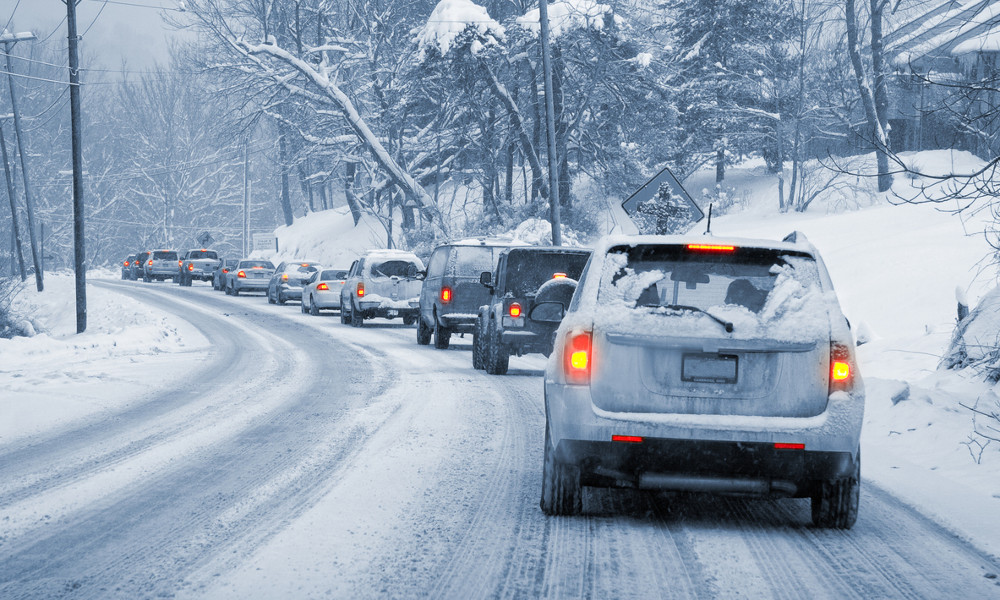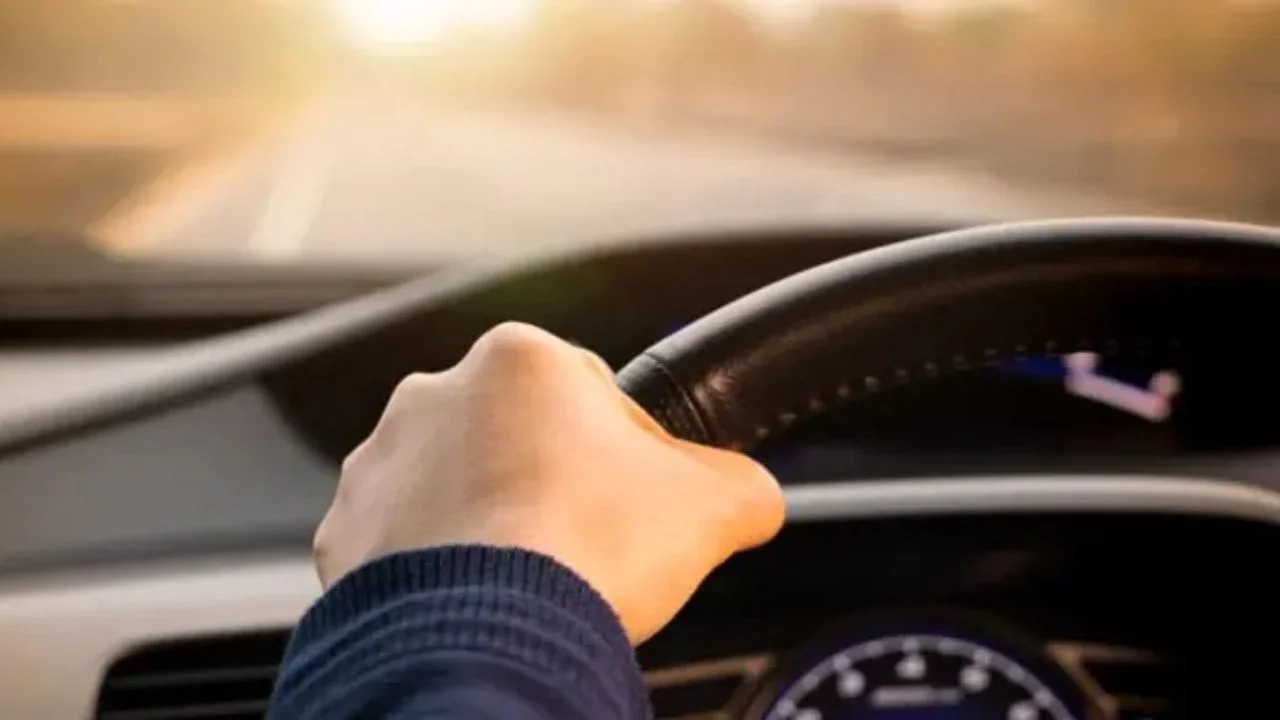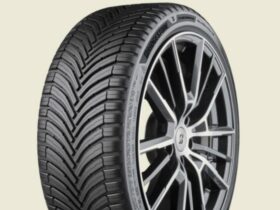
We are in the middle of winter, so it is very easy for us to encounter bad weather while driving, with various repercussions on the danger of driving and on the quality of the asphalt, be it a motorway or an urban road, so it remains right to ask ourselves question: how to drive in bad weather? What are the rules of good behavior to follow? In this guide you will discover how to behave in such cases
The main rule to follow, obviously if you can, is to stay at home. If you have an e-bike, possibly put it in an isolated place where there are no shady people who might decide to steal it, obviously under cover (we have written a guide about choosing an e-bike and how to keep it). Now, what should you do if the storm hits at the exact moment you are driving on the asphalt? First of all, in periods like this, regardless of the weather forecast, it is always a wise choice to have winter tires if necessary, capable of adapting to wet or snowy asphalt.

Snow | Driving in bad weather: rules of good behavior
In case you are driving on asphalt covered in snow, and therefore extremely slippery, as well as increase the safety distanceyou have to take into account above all the braking distances. The braking distances, in fact, must increase even more, if you pay particular attention, you will in fact be able to avoid slips, which are very frequent on snowy asphalt. For this reason it is advisable to always use a higher gear ratio. Indispensable are the winter tires, which adapt perfectly to asphalt made slippery by the presence of snow or ice. Another very important thing you need to take into account is to speed up very progressively and always anticipate braking.
 Rain | Driving in bad weather: rules of good behavior
Rain | Driving in bad weather: rules of good behavior
In case you encounter very heavy rain and a wet road, you must drive with extreme caution and increase the safety distance. Indeed, it is fundamental double the safety distance from the car in front of you, as there is a risk of slipping on wet asphalt. The steering wheel must be held firmly with both hands and absolutely must decrease speed, especially in those areas where puddles easily form. In this case, adhesion to the asphalt is much more difficult. Another danger are the holeswhich by filling with water can damage the car wheels. In case the rain turns into a downpour, stop and wait for him to calm down.

Fog | Driving in bad weather: rules of good behavior
In the presence of fog obviously the visibility is much reduced and poorer, so in this case in addition to maintaining the safety distance, you must pay particular attention to the signs. As for the headlights, turn on the low beams, not the high beams. In fact, on the road, the high beams are reflected in the fog causing great inconvenience to motorists coming from the opposite direction. The fog lights must be turned on only if visibility has fallen below 100 metres. But be careful, use cautiouslyin fact the fog lights emit a beam of light strong enough to put other cars in difficulty.

Drive responsibly
Regardless of the weather condition, the first fundamental rule to follow when you are behind the wheel is to drive responsibly. But above all, don’t get into arguments with other road users. You can meet literally anyone and you don’t know what other drivers might do, so Don’t pay attention to them and concentrate on your driving. Not everyone drives wisely, but that shouldn’t matter to you at all, the only important thing is that you arrive at your destination safe and sound.
We hope this guide was useful to you! Continue to follow us on techgameworld.com for other guides and news from the world of motoring and much more!
The article Driving in bad weather: rules of good behavior comes from techgameworld.com.















Leave a Reply
View Comments